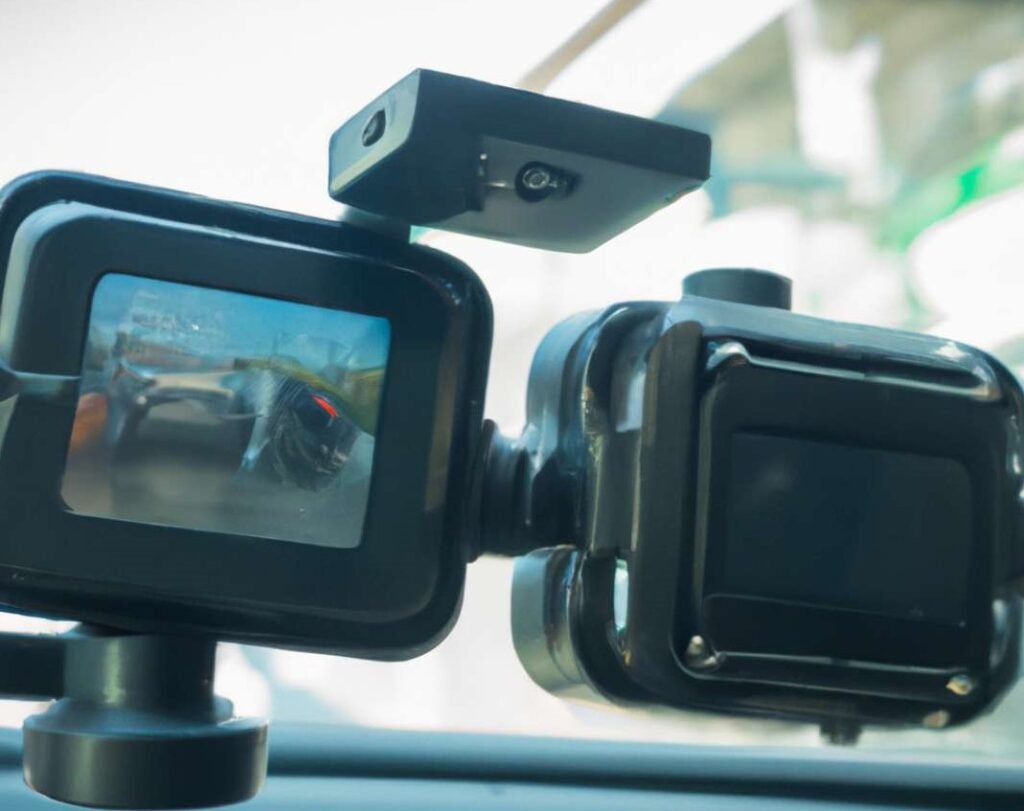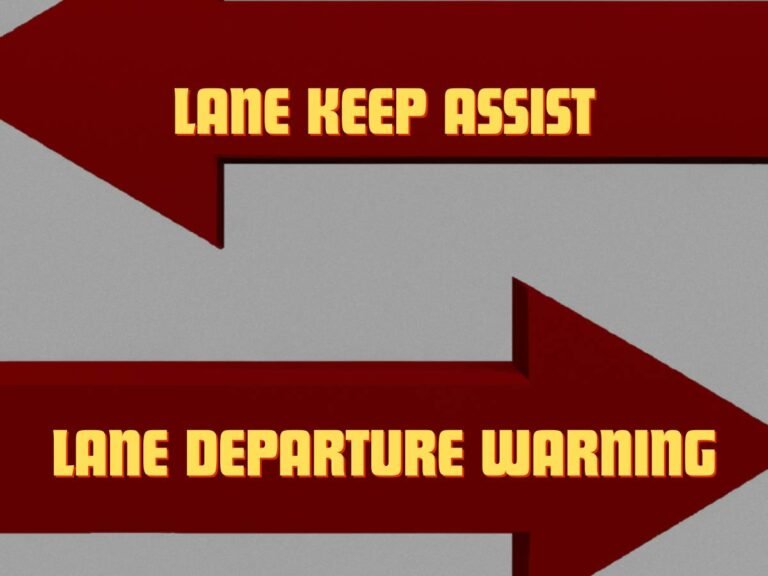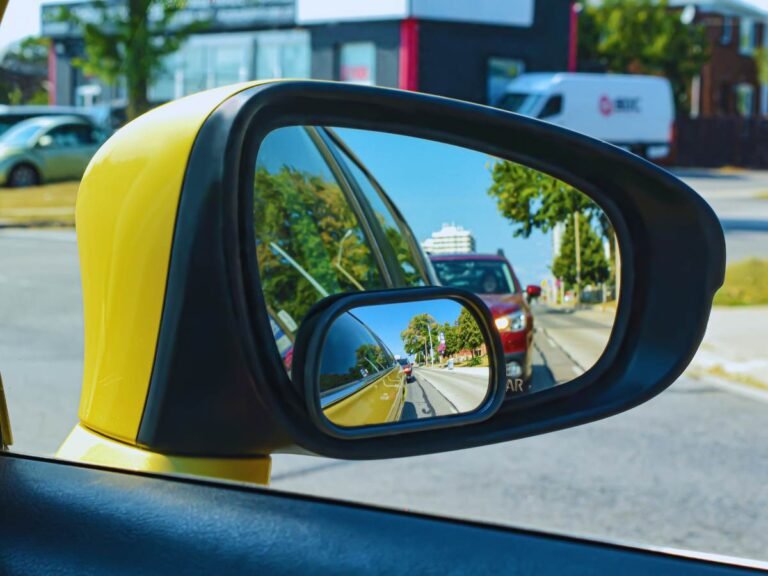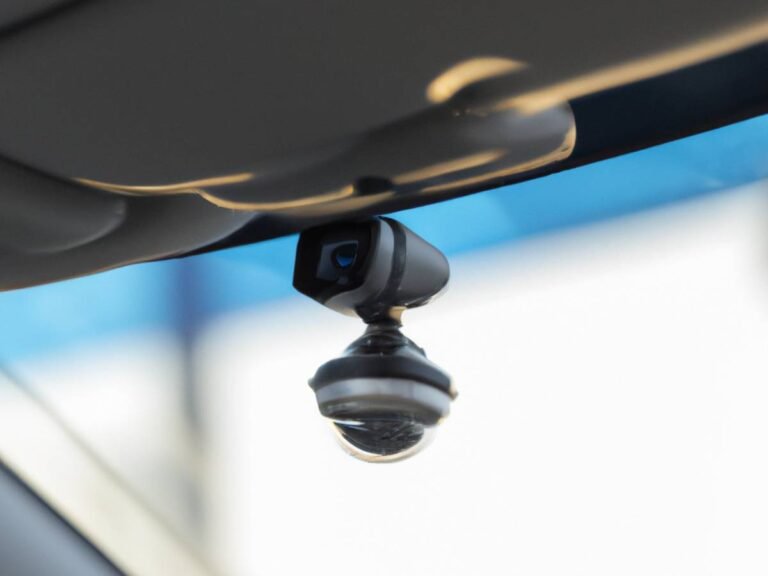Dash Cam Front And Rear: Is It Any Useful?

A dash cam front and rear utilizes two cameras. As you may expect, they are mounted at the front and rear bumpers of a vehicle. The benefit is that you get two channels of display. That is significantly more beneficial than a traditional dash camera with a one-way display, maximizing driver safety.
The front and rear dash cam is highly useful for cars and commercial vehicles. Remember that a two-way display offers even better video recordings. But is that all there’s to know about this dual-camera system? Let’s learn more about it in this detailed guide!
What Actually Is a Dash Cam Front And Rear?
Dash cams, or dashboard cameras, are compact devices installed in vehicles to record video footage of the road. They serve as silent witnesses, capturing crucial moments during driving. That could include accidents, road rage incidents, or unexpected events. It is important to know that traditional dash cams focus solely on the front view. A dash cam front and rear setups offer comprehensive coverage. It captures footage not only of the road ahead but also behind the vehicle.
How does that help? Well, the enhanced vision minimizes blind spots and provides a more accurate representation of driving scenarios. Ultimately, it increases safety and security on the road.
How Does Dash Cam Front And Rear Work?
Dash cam front and rear systems are also known as dual-channel dash cams. They consist of two cameras to capture footage simultaneously from the front and rear of a vehicle. They store video footage from both cameras simultaneously onto a storage device. That is typically an SD card. The front-facing camera captures footage of the road ahead. Alternatively, the rear-facing camera records what’s happening behind the vehicle.
Some advanced models feature synchronized recording. That ensures seamless integration of footage from both cameras for a complete picture of your driving environment.

What to Look for In a Dash Cam Front and Rear?
Are you ready to buy this dual-camera system? Consider the following factors to choose the best dash cam front and rear:
Video Quality & Resolution
One of the foremost factors to consider is the video quality and resolution. Opt for cameras with high-definition (HD) or ultra-high-definition (UHD) resolution for crisp and clear footage. It allows for better visibility and detail, especially when reviewing recorded footage
Field of View (FOV) and Coverage
The field of view (FOV) determines the extent of the road and surroundings captured by the dash cam. A wider FOV provides better coverage, reducing blind spots. Also, you get a more comprehensive recording of your driving environment. Look for dash cams with wide-angle lenses to maximize coverage.
Night Vision Capabilities
Effective night vision capabilities are crucial for capturing clear footage in low-light conditions or at night. Choose dash cams equipped with advanced night vision technology. That includes infrared sensors or enhanced low-light sensitivity. It helps ensure optimal visibility and recording quality in all lighting conditions.
Parking Mode & Motion Detection
Dash cams with parking mode and motion detection functionality offer added security and peace of mind when your vehicle is parked. These features automatically activate the dash cam to record any movement or activity around your vehicle. That can help against theft, vandalism, or hit-and-run incidents.
GPS and Wi-Fi Connectivity
Consider dash cams with built-in GPS tracking and Wi-Fi connectivity. GPS tracking allows for location tagging of recorded footage. Alternatively, Wi-Fi connectivity enables easy access to footage via smartphone apps for viewing, sharing, and remote control.
Size and Design
The size and design of the dash cam should complement your vehicle’s interior and installation preferences. Opt for compact and discreet designs that blend seamlessly with your vehicle’s dashboard or windshield. But combine these factors with easy access to controls and viewing angles.
How to Install Dash Cam Front and Rear?
Installing dash cam front and rear might seem challenging since it utilizes two cameras. However, it might be easier than you think. Here’s how to do it:
Mounting Considerations
Begin by selecting suitable mounting locations for both the front and rear cameras. Ensure that the cameras have an unobstructed view of the road and surroundings. That will help minimize interference with your field of vision. Consider factors such as windshield curvature, interior layout, and legal restrictions when choosing mounting positions.
Wiring and Power Supply
Next, carefully route the power and data cables from the dash cam to the vehicle’s power source and interior components. Conceal cables along the vehicle’s trim or headliner to maintain a clean and professional installation. Use cable clips or adhesive mounts to secure the wiring. Prevent it from dangling or interfering with vehicle operation.
For power supply, connect the dash cam to a constant power source. That could mean the vehicle’s fuse box or accessory power outlet, to ensure uninterrupted operation. Alternatively, consider hardwiring the dash cam to the vehicle’s electrical system for a cleaner and more permanent power solution.
Configuring Settings and Preferences
Once the dash cam is installed, take the time to configure its settings and preferences. Adjust parameters such as video resolution, recording mode, timestamp, and loop recording duration. It helps optimize performance and storage efficiency. Enable features such as motion detection, parking mode, and GPS tracking as needed to enhance functionality and security.
Conclusion
In conclusion, dash cam front and rear systems are miles ahead of their traditional counterparts. They offer vehicle safety, security, and accountability on the road. These dual-camera setups offer unparalleled peace of mind for drivers.
Investing in a quality dash cam front and rear offers many benefits. For instance, you can enjoy enhanced protection, documentation, and peace of mind every time you hit the road. What else could a driver ask for!






